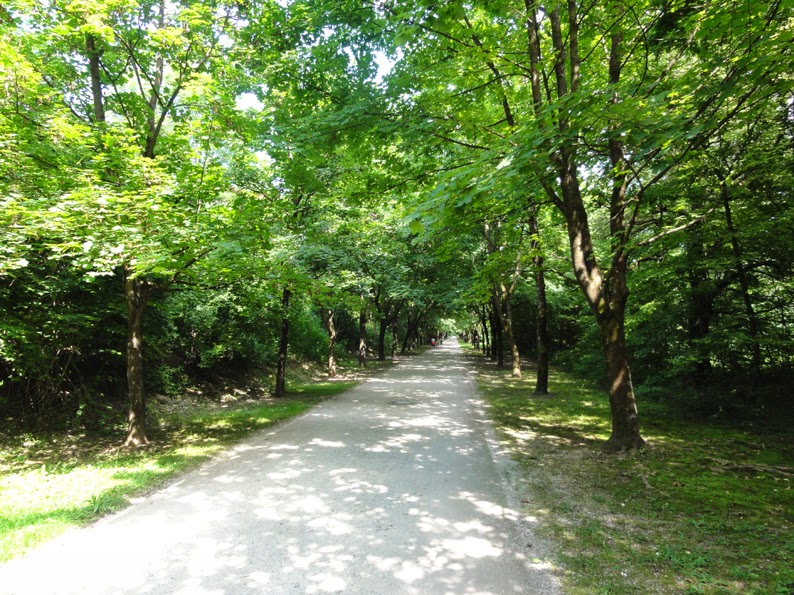Some of my last week's finds
A human footprint from Pula! However, I am afraid I am going to disappoint any aspiring creationist. This footprint was not left in the 100 million years old carbonate rocks, but in the cement placed on top of them, quite recently (the fossil of the future).
A storm approaching in Pula.
Some of my earlier finds:
A Late Cretaceous (Cenomanian) theropod track for a change. The track looks like an arrow. The Istrian Natural park Cape Kamenjak.
A dinosaur footprint on Pula beach. I presume it is a theropod track.
A "double" theropod track from the Main Brijun island (Barremian) - Cape Pogledalo



















































